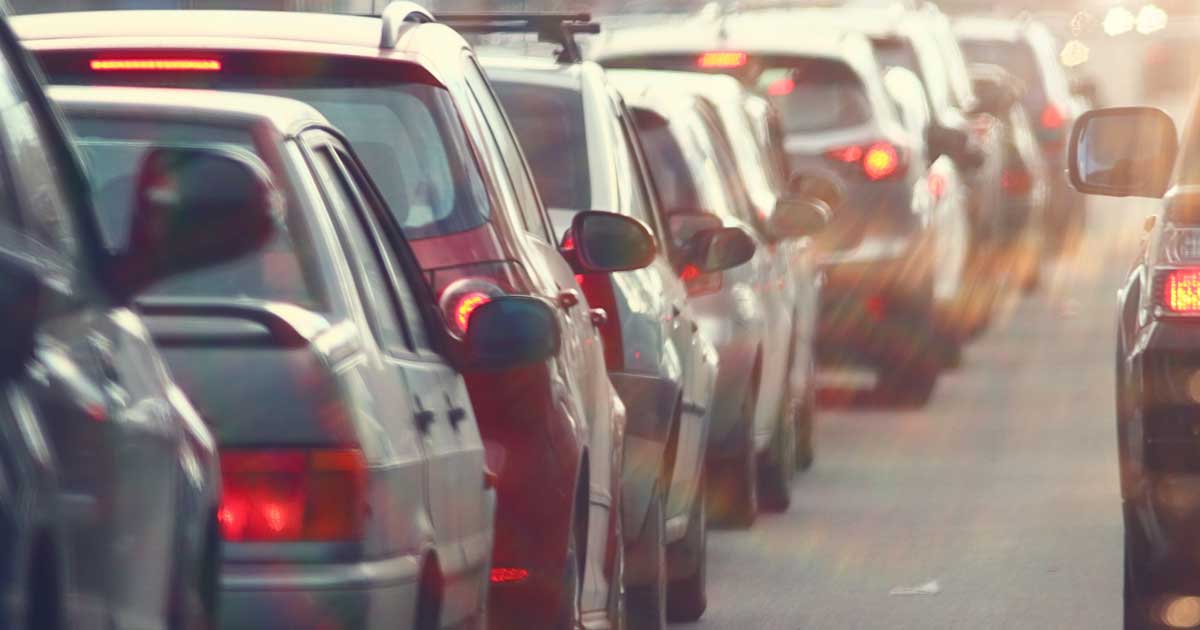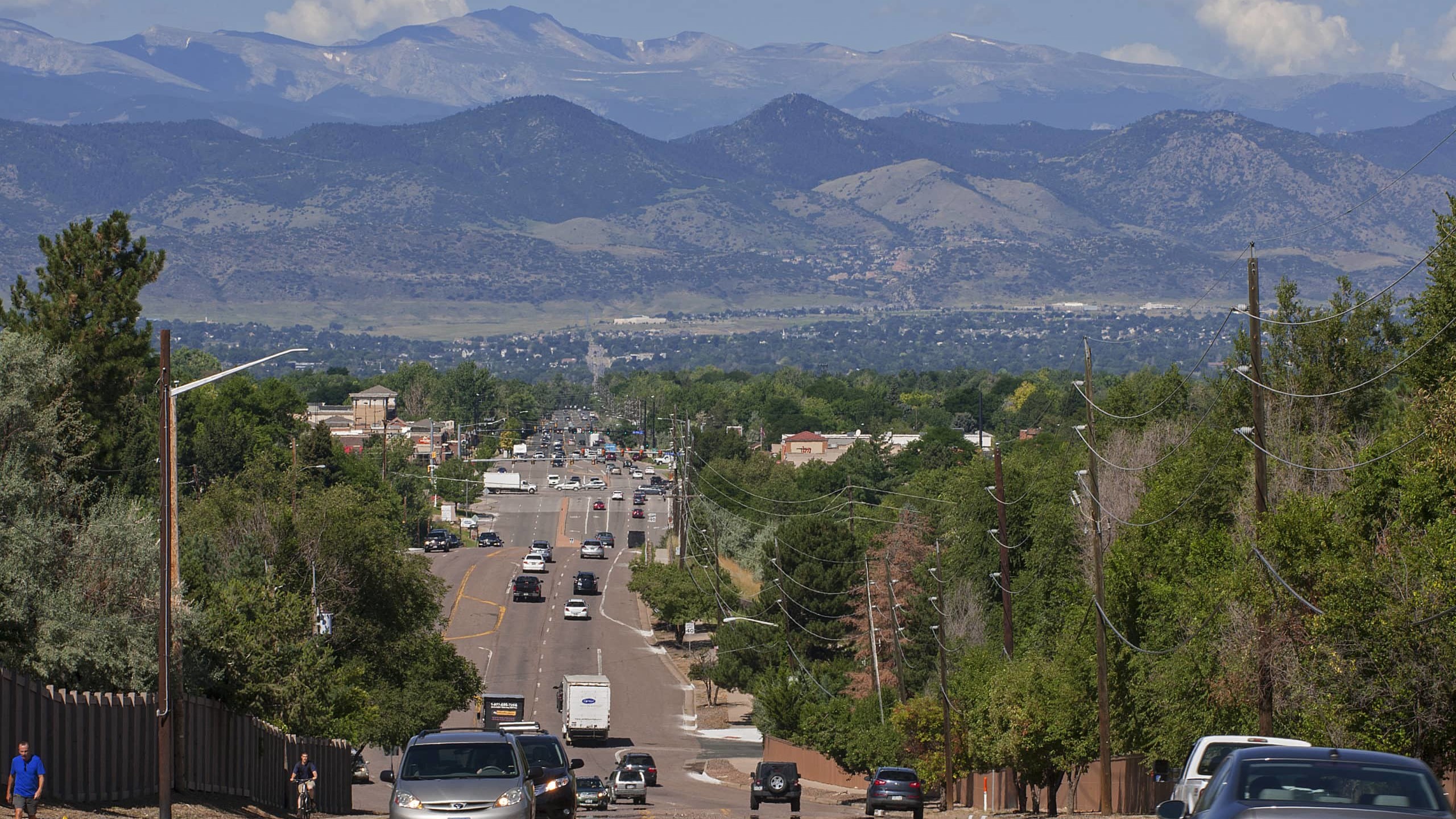What sitting in traffic is costing you
We’ve all been there: Inching along, changing radio stations at an ever-faster pace, looking for something to calm us. We tap our fingers on the steering wheel, sigh loudly and change lanes in hopes that it will all be over soon.
And if you’ve been driving anywhere near the Denver Tech Center near rush hour recently, you know how this scene plays out, and it isn’t pretty.
And traffic in the Denver South region has become acutely worse in the last several years. According to the most recent data compiled by the Denver Regional Council of Governments (DRCOG), there are over 81 million vehicle miles driven in the region every single day, a number that’s been steadily climbing the last few years.
Sitting in traffic is super annoying — but it also costs money. A lot of money.
Businesses, consumers, busses, police officers, fire trucks — no one is immune to the effects of traffic congestion, and every one of us is losing money every time it happens.
Let’s take a look at how congestion is an economic issue in equal measure to being a frustrating fact of life, as well as how we can help to address it — on top of the efforts already under way in Denver South.
How congestion happens
Sure, a car crash can happen for a multitude of reasons on any road in America. And yet, we find that certain roads tend to have higher accident rates than others. It’s all due to congestion.
DRCOG’s latest congestion report uses a simple ratio to determine when and where congestion might happen: the volume-capacity ratio (V/C). In basic terms, it’s when there are more vehicles on the road than the road is designed to handle.
As you can imagine, as this ratio goes up, so does time spent in traffic, car accidents and all the other fun stuff we see on the roads at 5 p.m. every weekday.
There are other factors too: Areas with several on ramps that cause vehicles to change speed and travel at different speeds simultaneously; hills where drivers can’t see what’s in front of them; spots where large recreational vehicles or heavy trucks will be on the road; vehicles that weave often.
All of this, beyond just the number of vehicles on the road, can cause congestion.
Show me the money
We know how the problem arises, but just how costly is it?
Nationally, congestion is estimated to cost over $300 billion annually, according to the transportation-analytics company, INRIX.
Locally, DRCOG estimates congestion costs the Denver metro area over $1.5 billion annually, and that number is expected to nearly double in the next 20 years.
Whether a delivery driver has to be paid overtime, a fleet vehicle needs repair or you get in a fender bender and have to cover your deductible, all that congestion adds up really fast.
Fix it, please
Addressing traffic congestion in Denver South is a hard problem that will require stakeholders from all over the spectrum to come together and find a path forward. But, there are inroads being made.
A major widening project on I-25 stretching from Castle Rock to Monument just got underway, and there’s hope that easing congestion in that area will have a positive effect on Denver South.
But these one-off projects simply don’t provide enough relief. Ultimately what’s needed is more funding.
Did you know that Colorado hasn’t upgraded its gas tax — one of the primary sources of revenue for transportation projects — since 1991? Proposition 110, also known as the Let’s Go Colorado initiative, seeks to remedy this.
Today Colorado spends about half per motorist of what it did 25 years ago, yet the transportation challenges we face are definitely not the same as they were back then. Proposition 110 will help to address the $9 billion backlog of transportation projects in Colorado, many of them impacting Denver South directly.
For just a little over a half cent on the dollar, it would be expected to generate over $767 million in new revenue for transportation projects aimed directly at easing congestion woes.
Additionally, cities and organizations in the Denver South region are exploring alternative transportation options to address congestion. As part of the latest cohort of Transportation for America’s Smart Cities Alliance, Centennial and the Denver South Economic Development Partnership have joined with several other communities and organizations to address congestion through emerging technology.
It’s a long road ahead (pun intended), and it’s a problem that isn’t going to go away anytime soon. But congestion is something we can help to solve, and something we simply can’t afford not to.
Related posts:
· The hidden benefits of fixing roads
· How close are we to autonomous cars?


